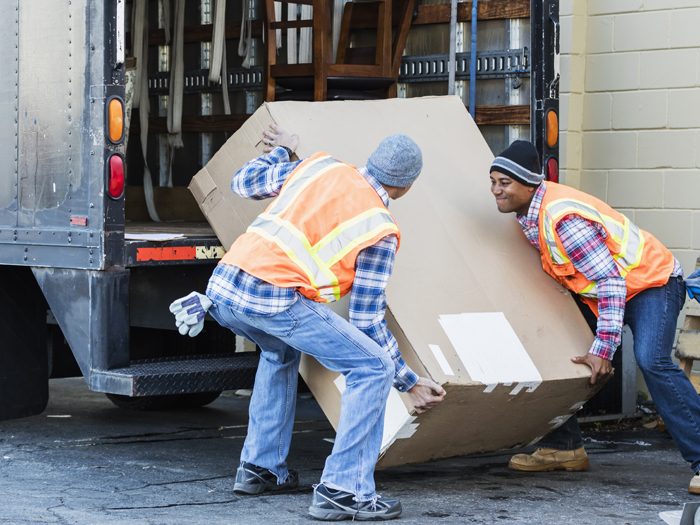Material Handling Poses Significant Injury Risks for Businesses

Material handling, a crucial process for most businesses, poses significant injury risks when not properly managed, leading to operational disruptions and financial impacts, with recent data revealing a concerning total of 976,090 cases of musculoskeletal disorders in the private sector during the 2021-22 period, with 502,380 of these cases resulting in days off work, according to the U.S. Bureau of Labor Statistics, as reported by Nationwide Agency Forward.
Material handling refers to the movement, control, storage, and protection of materials, products, and goods throughout the stages of production and distribution. It can be broadly categorized into manual and mechanical types, each posing distinct risks to workers, according to the article. Manual handling often results in musculoskeletal disorders due to the physical exertion required, while mechanical handling involves greater force or speed, increasing the risk of severe or fatal injuries.
To manage these risks, the article notes that employers should adopt a proactive approach, which includes assessing tasks, addressing ergonomics, using machines for strenuous tasks, designing tasks with material handling considerations, and using a team approach for brainstorming injury prevention strategies.
The National Institute for Occupational Safety and Health (NIOSH) recommends a maximum weight of 51 pounds for manual lifting, though this limit may vary based on lifting characteristics.
Ergonomic design plays a crucial role in preventing musculoskeletal injuries, which often lead to lost work time, per the article. Employers should analyze past injuries to identify problem areas and provide training on proper lifting techniques. One such technique is the acronym “KIND”, which stands for “Keep it close”, “In strike zone”, “Nose and toes aligned”, and “Don’t lean or look down”.
To successfully implement these safety measures, employers should secure buy-in from employees and leadership, the article noted. Involving employees helps create a sense of belonging and engagement in the workplace, which can reduce employee injuries. Employers should also demonstrate a commitment to creating a safe work environment by standing behind initiatives to protect employees, per the article.
By carefully assessing tasks, implementing ergonomic practices, and engaging employees, employers can create a culture of safety, leading to a safer and more productive workplace. &










